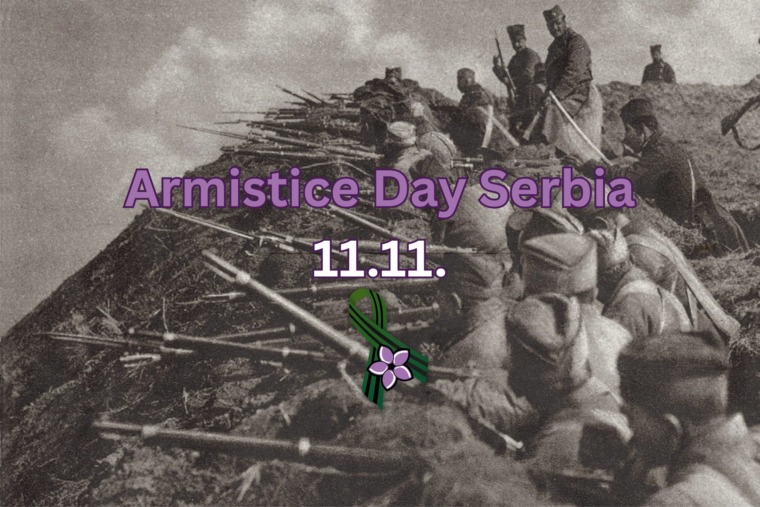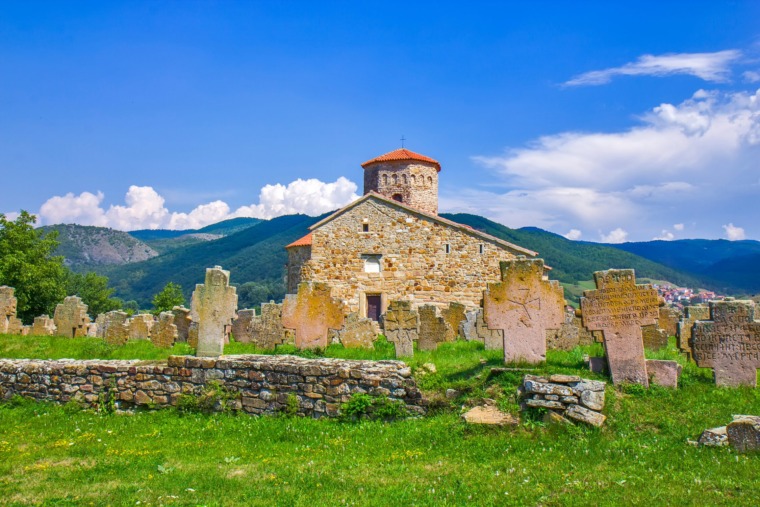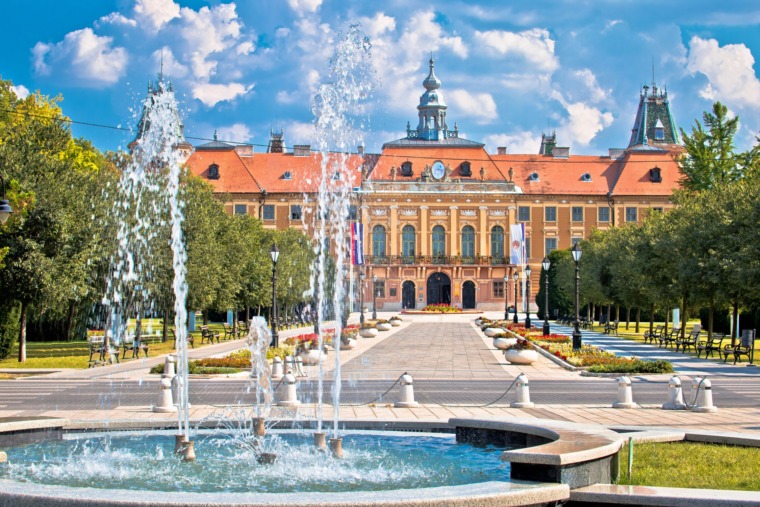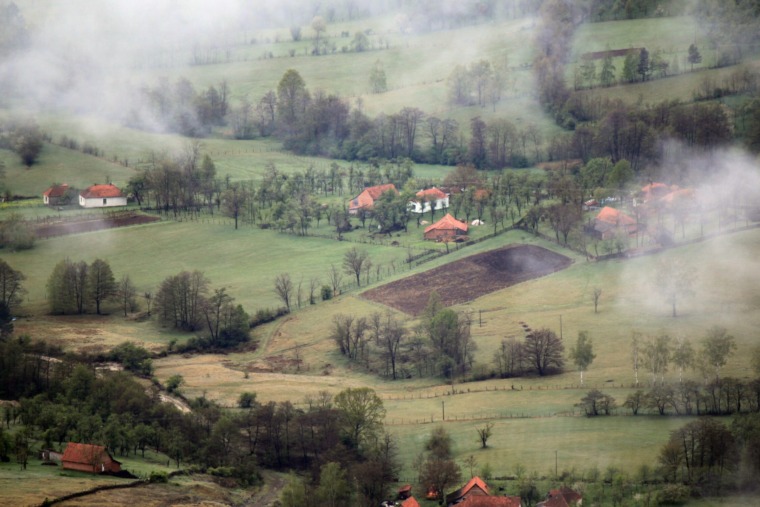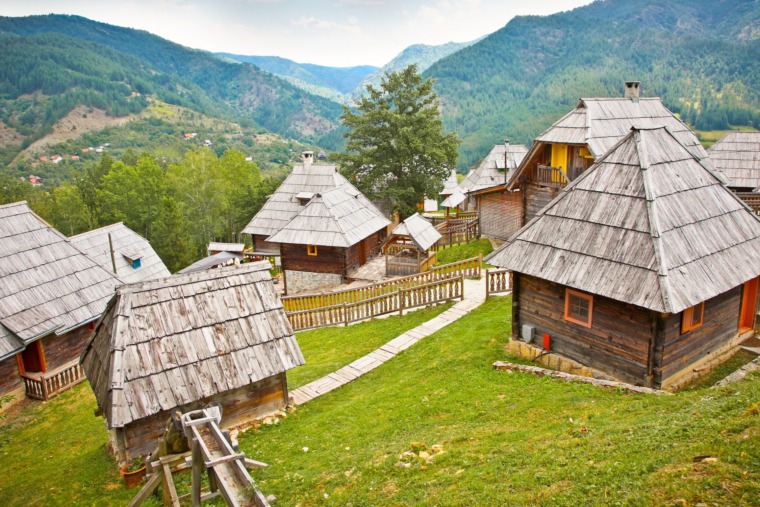
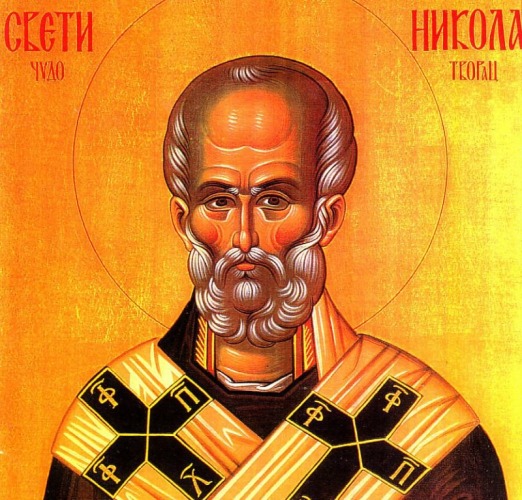
Today’s date has a special place in the calendars of numerous Serbian households. For many years, December 19th represents the time when “one half of Serbia celebrates slava, and other half are their guests”. Decades of tradition of celebrating the patron saint is being kept carefully, and its core stays woven into Serbian religion, culture and heritage.
The end of December is the time when people in Serbia celebrate one more thing besides the winter, Christmas and New Year’s holidays, presents and vacations at a mountain. It is the patron saint’s day which is celebrated by more than million Serbs, and the day when Slava bread, boiled wheat, icons and red wine are prepared all around those houses- the day of St. Nicholas the wonderworker or Nikoljdan.
St. Nicholas lived in the 4th century in the city of Mir, as the only son of father Teofan and mother Nona. During his life, he was known as a Saint, miracle worker and protector of the poor, passengers, sailors and fishermen.
Today, just like the day of any other slava, families gather around, access the procedure which is called “dizanje Slave” and light the candle. Hardworking housewives prepare various dishes for days, and tables are filled with tasty and beautiful traditional specialties. Nikoljdan is celebrated during the fast, so prebranac, sarma, fish, cakes and other fast delicacies are the most often served dishes.
Marking one of the most respected and loved Orthodox saints is always the opportunity for gathering and bonding with your loved ones. So this is the time when music, laughter and cheerful talks can be heard from every single house in Serbia. Family members have their tasks, guests are being welcomed throughout the day, so the house is never quiet nor empty.
According to the old beliefs, St. Nicholas gave the sight back to the King Stefan Dečanski, and his name was also celebrated by Prince Miloš Obrenović.
The Saint who once had gone among the people to spread the faith, justice and charity led by the miraculous voice, is being celebrated for years with boiled wheat, bread, wine and icon. Saint Nicholas was remembered as a Saint who helped the poor, treated the sick and brought the faith, peace and good will to the people. He is also remembered as the guardian of sailors whose stranded ships he had saved, and also of the merchants, fishermen and rafts men.
The fact that more than 600 churches under the jurisdiction of Serbian Orthodox Church are dedicated to St. Nicholas, but also the number of households who celebrate his name, shows how loved and respected among Serbian people he is. He is also celebrated on May 22nd in memory of the day when his bones were transferred from Mir to Likija in Bari, Italy.
How did St. Nicholas become a Santa Claus?
The fact that St. Nicholas was the inspiration for the character of Santa Clause is unknown to many people, but is one of the most accepted ones. Namely, in the Western cultures, the name of Santa Clause was actually made out of Saint Nicholas, and many features of Christian saint were attributed to him. Just like St. Nicholas once had helped the poor, now Santa Clause is the one who bears the gifts inside his bag.
St. Nicholas is one of the earliest saints, and he is celebrated all around Europe. Still, according to beliefs of numerous faith analysts, his character doesn’t have anything to do with the contemporary Santa Claus. That is the reason why the grandpa with white beard, red suit and reindeers is referred to as a fictional character.
There are many explanations about the widespread of this slava among Serbs. From the one that people started to celebrate Nikoljdan because groceries were cheaper due to the fast, to the one that says that it was easier for people to get together during winter, because that was the time when the work in the fields was over. Anyway, today it is the date when the largest number of families are together to celebrate it.
Happy St. Nicholas Day to numerous hosts around Serbia!
Related Articles

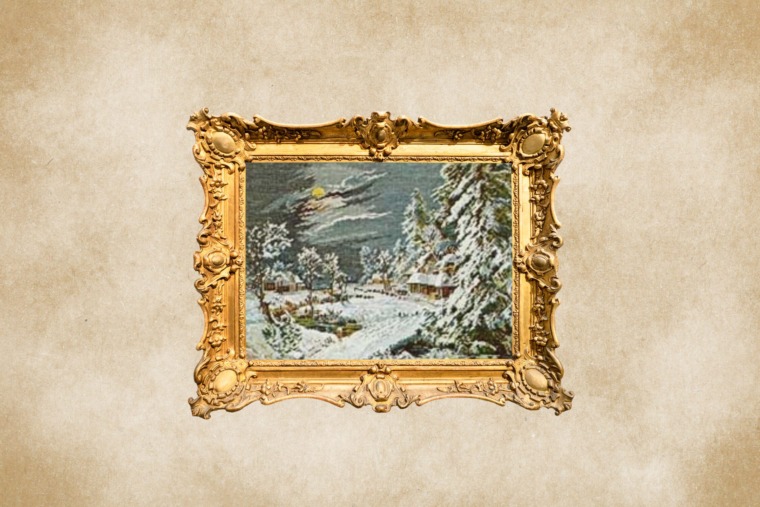
Stitched with Love: The Story of Serbian Gobelins
November 4, 2025


